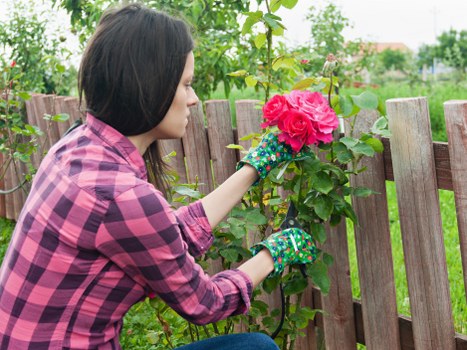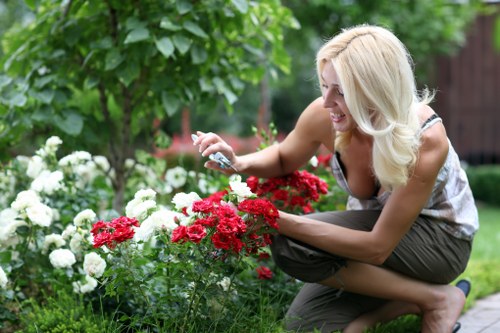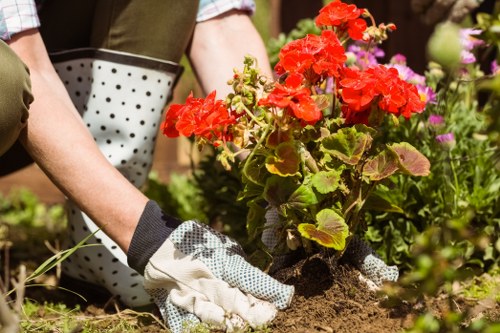Effective Driveway Algae Removal in Elmstead

Algae growth on driveways is a common issue faced by homeowners in Elmstead. Not only does it make your driveway look unsightly, but it can also cause slippery surfaces, posing safety risks. Understanding the best methods for algae removal can help maintain the beauty and safety of your property.
Algae thrive in damp, shaded environments, making driveways the perfect breeding ground, especially in areas with high moisture levels. Without proper maintenance, algae can quickly spread, leading to more extensive and costly clean-up efforts.
Fortunately, there are effective solutions available for eliminating algae and preventing its return. This guide explores the various methods to remove driveway algae in Elmstead, ensuring your driveway remains clean and safe year-round.
Understanding Algae Growth on Driveways

Algae are simple organisms that thrive in moist environments. On driveways, they appear as green, slimy patches that can be difficult to remove without the right approach.
The primary factors contributing to algae growth include humidity, shade from trees or buildings, and organic debris buildup. These conditions create an ideal environment for algae to flourish.
Regular cleaning and preventive measures are essential to control algae growth. Ignoring the problem can lead to more severe issues, such as surface deterioration and increased maintenance costs.
Common Types of Algae Found on Driveways

The most common types of algae found on driveways include:
- Liverworts: These are small, green plants that often appear as patches.
- Moss: While technically not algae, moss often coexists with algae and can contribute to slippery surfaces.
- Slime Algae: These algae form a slimy layer, making driveways slippery and hazardous.
Identifying the type of algae can help in choosing the most effective removal method. Different algae types may require different treatment approaches.
Methods for Removing Algae from Driveways

Removing algae from your driveway can be achieved through various methods, each with its own advantages and considerations.
Choosing the right method depends on the extent of algae growth, the driveway material, and personal preferences regarding eco-friendliness and effectiveness.
Below are some of the most effective algae removal techniques:
1. Pressure Washing

Pressure washing is a powerful method for removing algae and restoring the appearance of your driveway.
Using a high-pressure water jet can effectively blast away algae, dirt, and grime. It's suitable for most driveway materials, including concrete, asphalt, and pavers.
However, caution is needed to avoid damaging the driveway surface. Professional pressure washing services in Elmstead can ensure the job is done safely and effectively.
2. Chemical Cleaners
Chemical cleaners specifically designed for algae removal can be highly effective. These solutions break down algae and make it easier to wash away.
When using chemical cleaners, it's essential to follow the manufacturer's instructions carefully to ensure safety and effectiveness. Some eco-friendly options are available to minimize environmental impact.
Always wear protective gear, such as gloves and goggles, when handling chemical cleaners to prevent skin and eye irritation.
3. Natural Remedies
For those who prefer eco-friendly solutions, natural remedies can be an effective alternative to chemical cleaners.
Ingredients like vinegar, baking soda, and bleach can be mixed to create effective cleaning solutions. These natural agents help kill algae and remove stains without the harsh effects of commercial chemicals.
Natural remedies are safe for the environment and less likely to cause damage to driveway surfaces when used correctly.
Preventive Measures to Stop Algae from Returning
Prevention is key to maintaining a clean driveway and avoiding the recurrence of algae growth.
Implementing simple preventive measures can significantly reduce the likelihood of algae returning, saving you time and effort in the long run.
Here are some effective strategies to prevent algae growth on your driveway:
1. Improve Drainage
Ensuring proper drainage around your driveway helps reduce moisture levels, making it less conducive for algae growth.
Check for and repair any drainage issues, such as clogged gutters or standing water, to maintain a dry environment.
Good drainage systems prevent water accumulation, which is a primary factor in algae proliferation.
2. Trim Vegetation
Overhanging trees and shrubs can create shaded areas and trap moisture, providing ideal conditions for algae.
Regularly trim branches and vegetation around your driveway to allow more sunlight and airflow, discouraging algae growth.
Maintaining a clear perimeter around your driveway helps keep it dry and less appealing to algae.
3. Seal Your Driveway
Applying a sealant to your driveway can create a protective barrier against moisture and algae spores.
Sealants help repel water, reducing the chances of algae taking hold on the surface.
Regularly resealing your driveway every few years ensures continued protection and prolongs the driveway's lifespan.
Choosing Professional Algae Removal Services in Elmstead
While DIY methods can be effective, hiring professional algae removal services offers several benefits.
Professionals have the expertise, equipment, and knowledge to effectively remove algae and prevent its return.
When selecting a service provider in Elmstead, consider the following factors to ensure quality and reliability:
1. Experience and Expertise
Choose a company with proven experience in algae removal. Experienced professionals understand the best techniques and products to use for different driveway types.
Expertise ensures that the job is done efficiently and effectively, minimizing the risk of damage to your driveway.
Look for reviews and testimonials to gauge the company's reputation and customer satisfaction.
2. Eco-Friendly Practices
Opt for service providers that use eco-friendly products and methods. Eco-friendly approaches are better for the environment and safer for your property.
Ask about the types of cleaners and equipment used to ensure they align with your environmental values.
Professional services that prioritize sustainability demonstrate a commitment to responsible business practices.


